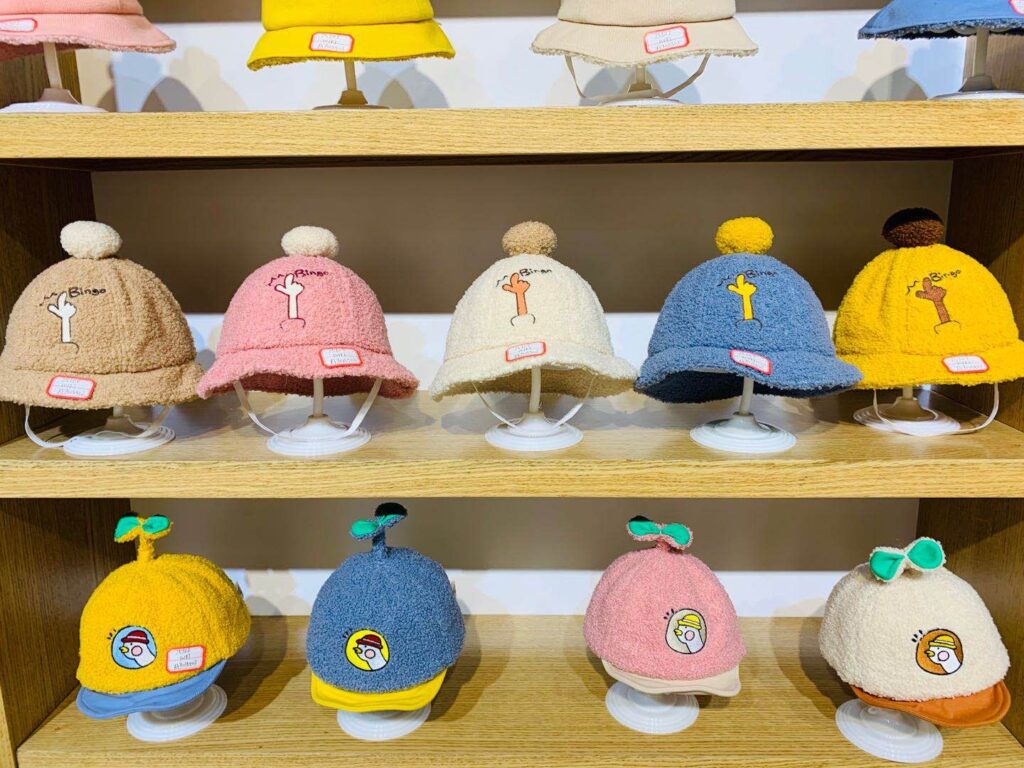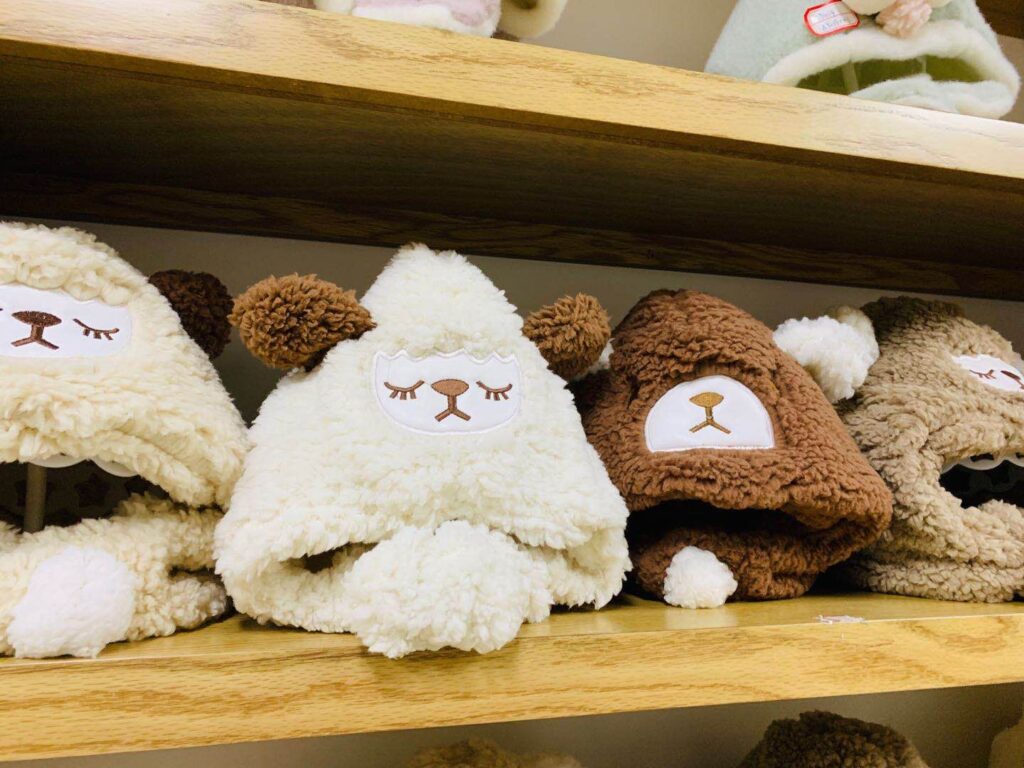How To Choose The Right Hat For Your Baby?
Published On: April 11, 2024 By: ray herb

The newborn baby’s head hair is sparse, and the skull has not yet fully developed, so it requires extra care. Babies are the mother’s heart and soul, and they are afraid to drop them in their hands and melt in their mouths. The baby’s health has always been the mother’s biggest concern.

The role of baby hat
Mothers always wear baby caps for their babies, but do you know what the function of baby caps is? Baby caps have the functions of keeping warm, preventing heatstroke, preventing dust, and protecting the brain. They can also be used as decorative appearance. Babies can wear different hats all year round. Because the head of babies, especially newborns, has very rich blood vessels and no subcutaneous fat protection, it dissipates a lot of heat. When taking the baby out in cold winter or when the temperature in the home is low, a warm and comfortable hat should be worn for the baby to keep warm, prevent cold and flu after being blown by the wind, and it is also important to reduce the dissipation of body heat. In the cooler spring and autumn seasons, a suitable small single cap can also play a good role in keeping warm for the baby. In short, the purpose of wearing a hat for babies is to prevent wind, sand, and strong sunlight, sometimes also to prevent rain. When going out, choose the right hat according to the climate conditions.

How to choose a baby hat
The head of a baby is particularly delicate, especially for newborns. As the weather gets hotter in summer, it is best for mothers to wear a hat for their babies when they go out. This can reduce sweat on the baby’s head and block direct sunlight, avoiding the risk of causing prickly heat. I believe every mother wants to buy an affordable baby hat, so how do you choose a baby hat?
- The choice of baby hats depends on the season: in winter, choose a warm and well-insulated baby hat to protect the cheeks and ears. In spring and autumn, choose a knitted hat, wool knitted hat, large cap, etc. In summer, choose a light and thin fabric with a cool and light color for the large brimmed hat.
- The color of the baby hat should be mainly light: The color of the baby hat should be as light as possible, such as beige, white, sky blue, sky pink, etc. These colors do not absorb heat very much. In addition, the dark color of the hat can absorb light to increase warmth, while the light color can reflect light to increase coolness.
- Choosing a baby hat should be based on age: Newborns generally do not wear hats unless the indoor temperature is low or they need to go out. The baby’s small head is delicate and has poor adaptability to climate change. Therefore, it is necessary to choose a hat with light texture, soft feel, and breathable insulation. If the hat is too heavy or hard, it will not only make the baby uncomfortable to wear, but also detrimental to the development of the brain nerves. It is best to choose a baby hat without a brim, which is convenient for the mother to hold and breastfeed, and can also see things around while sleeping in the cradle and bed.

Precautions for infants wearing hats
Baby hat has many benefits. Wearing a hat can maintain a constant body temperature because 25% of the heat of a small baby is emitted from the head. Moreover, the newborn’s skull is not closed and is easily injured. Wearing a baby hat can provide good protection. Newborns have low resistance and wearing a hat can prevent cold and flu. Mothers will buy a baby hat for the sake of their baby’s health, but what are the precautions for babies wearing a hat?
Although baby hats can be worn all year round, it is not necessary for babies to wear them every time they go out. In sunny days, sunlight can provide valuable nutrients for babies. The exposure to sunlight can convert T-dehydrocholesterol in the skin into vitamin D, which plays an important role in preventing the occurrence of rickets.
- Babies should wear hats according to time and weather. The sun has a strong sterilization effect. More exposure to the sun can not only improve their resistance to disease, but also effectively prevent infectious diseases. If babies wear hats when they go outdoors, they will have less exposure to the sun.
- Babies should not wear other people’s hats, as skin infections such as ringworm and lice can be transmitted through hats. Some babies have a high secretion of sebum on their scalp, which can make their hair oily and shiny. They should wear breathable and lightweight hats, and regularly clean them to keep them clean.

Do babies need to wear a hat in the summer?
Since newborn babies typically have very few hair and have unformed scalps, a baby hat can provide protection from windy weather while also protecting from direct sunlight which may irritate their eyes. Some mothers believe their infant should wear one all year round while others think that hot summer temperatures make wearing one unnecessary for this age group. So is wearing a baby hat necessary during the summer?

As temperatures heat up in summer months, many parents do not wear hats for their babies as they assume it will make them hotter. Unfortunately, this misconception is inaccurate; even during scorching temperatures it is vital that babies wear a hat. Baby heads comprise nearly 1/4 of their total length, so their head represents a huge percentage. Blood vessels in newborn heads tend to be abundant and unprotected by subcutaneous fat, thus leading to significant heat dissipation. When taking your baby out for a walk, it’s essential that they wear a hat. In the heat of summer months, airtight hats won’t dissipate heat effectively and could actually increase it further, while an airtight one could lead to sweat dripping into their eyes or skin and cause discomfort and even heatstroke! A good quality breathable hat not only keeps eyes and skin cool and comfortable for your infant but can prevent heat stroke and reduce burn sensation when outside.
